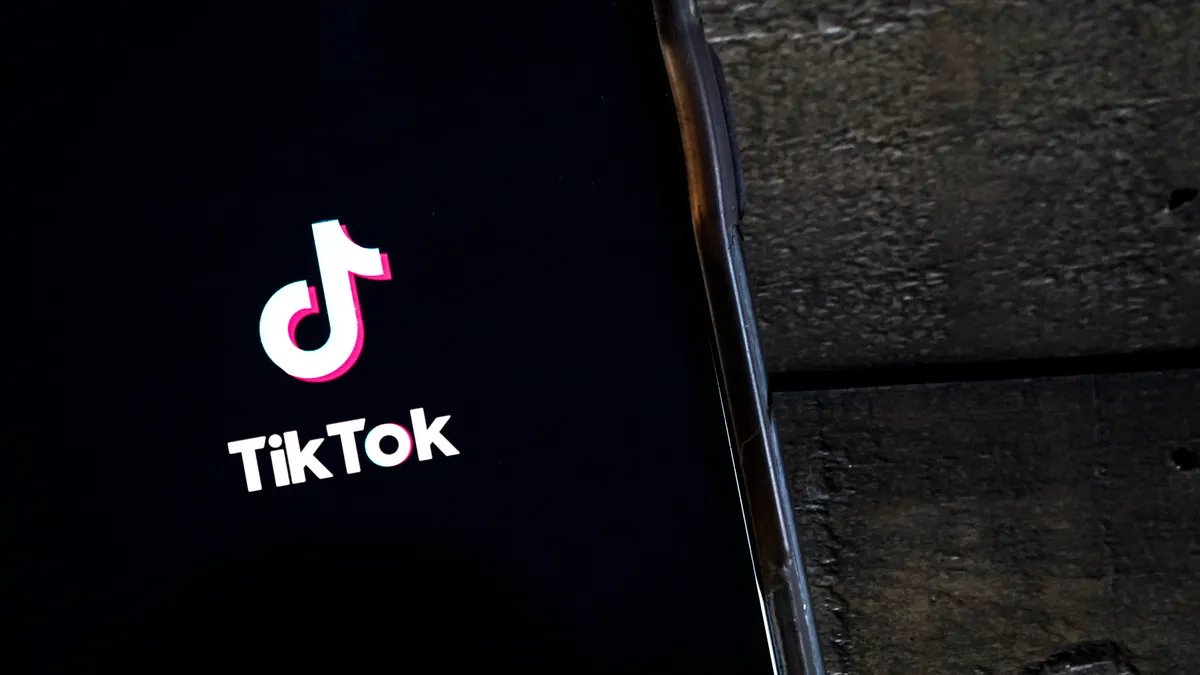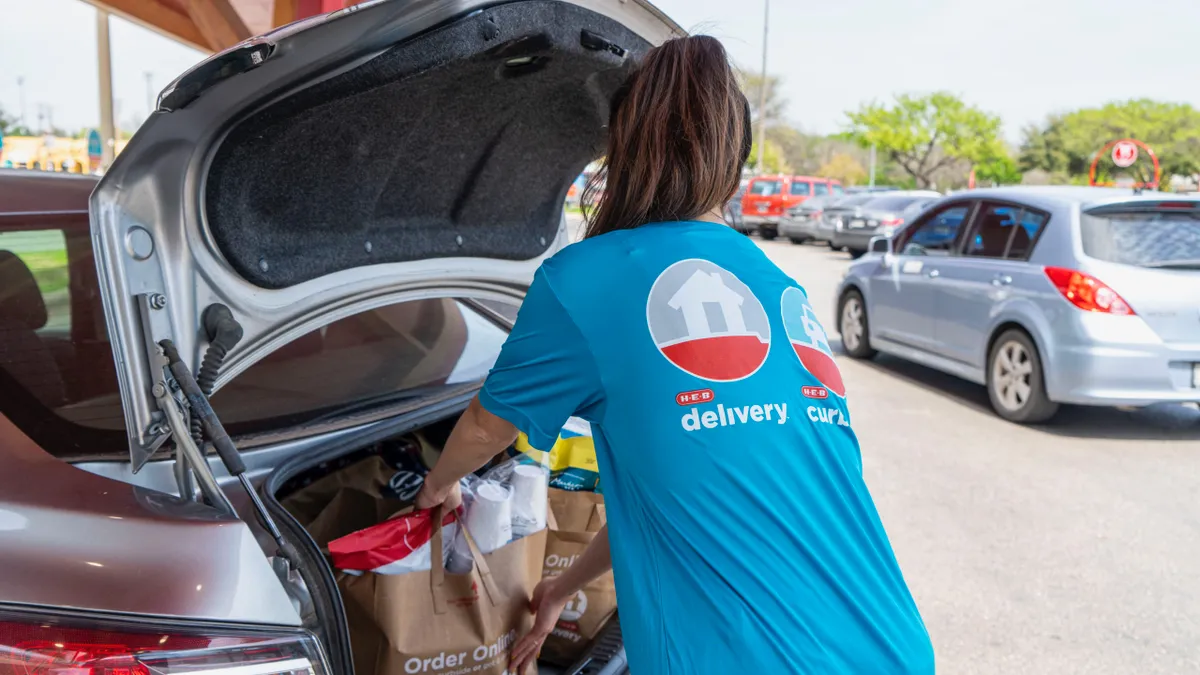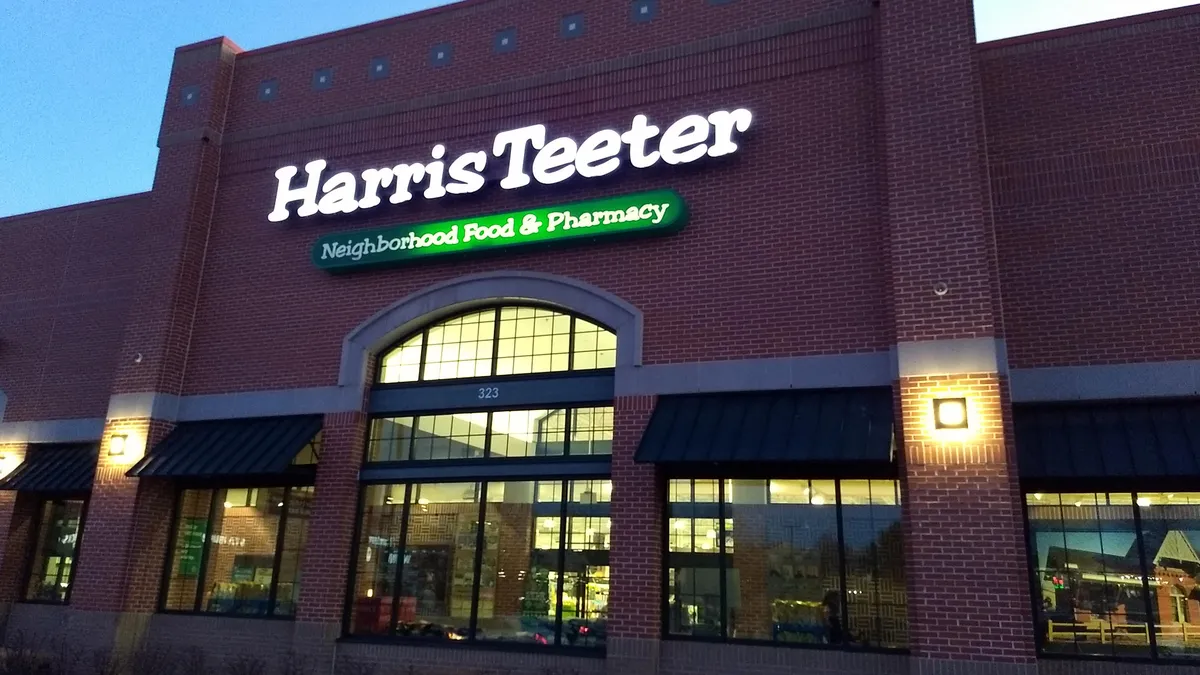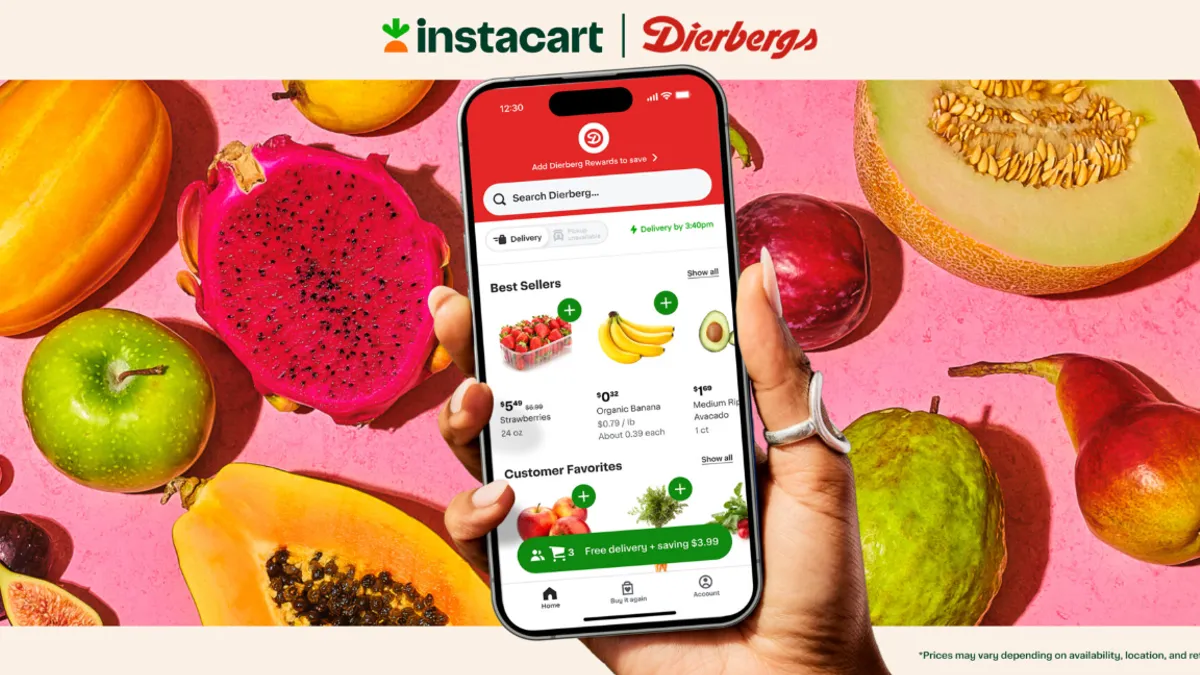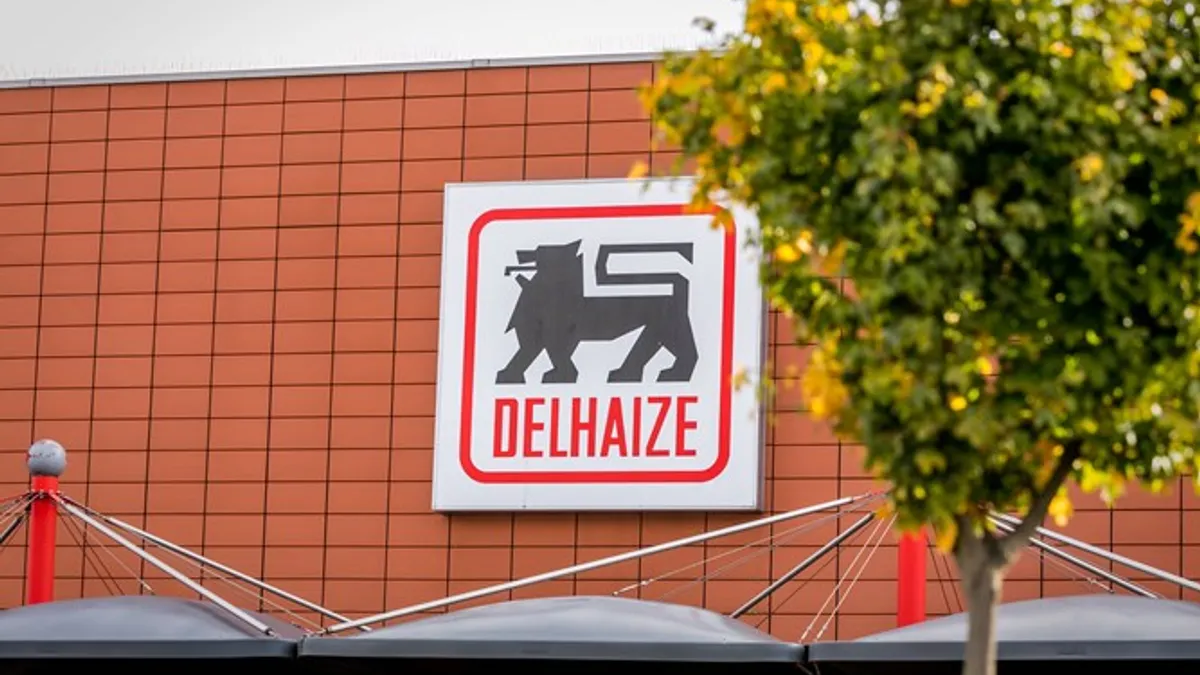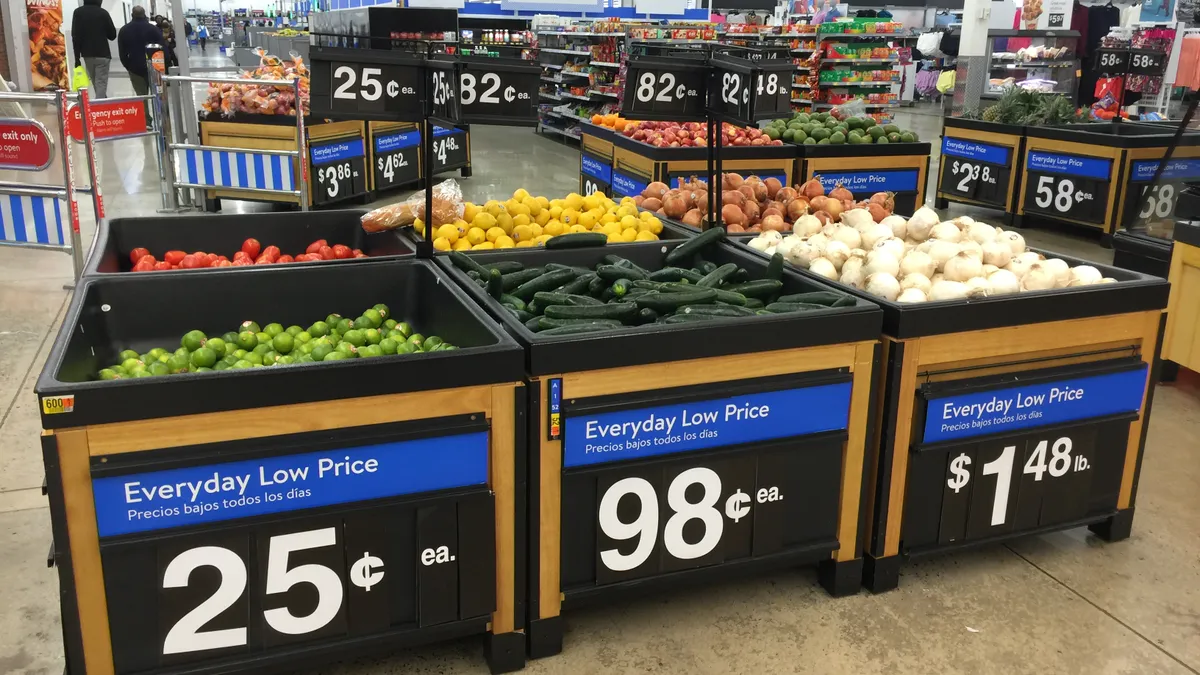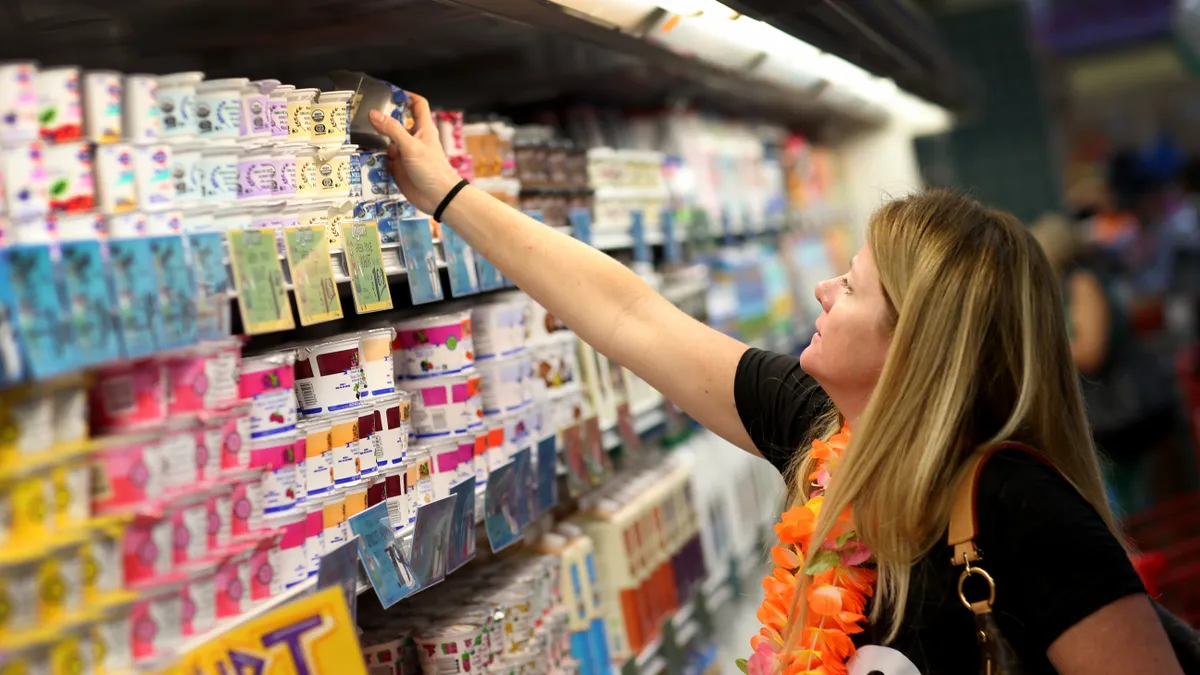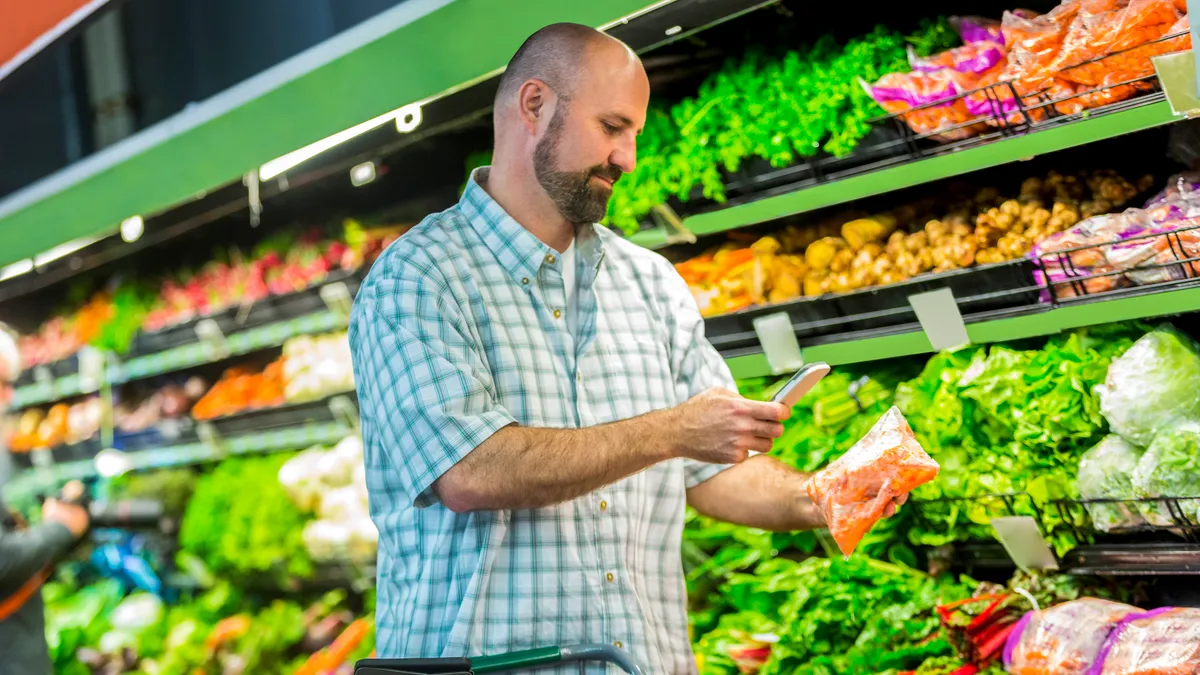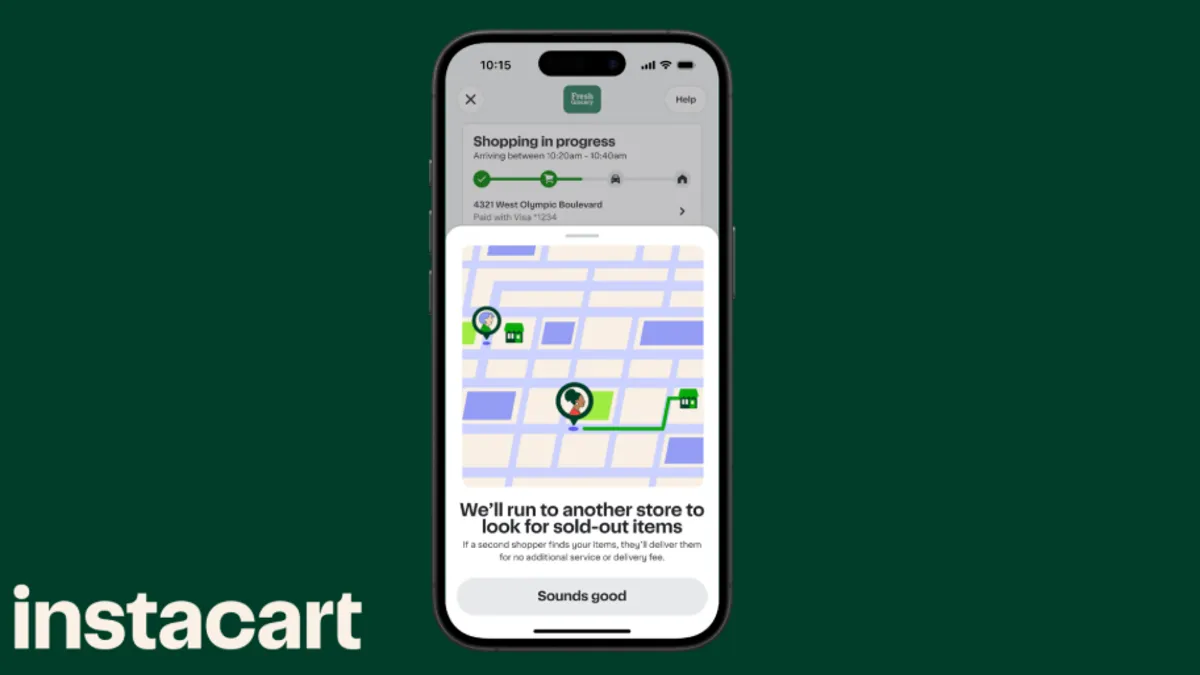Social media can be daunting for a business, from keeping up with trends to creating content to continuously posting across platforms. But, much like retail media, social media is becoming a must-have for grocers as one of the most effective ways to earn the loyalty and attention of Generation Z customers, sources say.
Gen Z shoppers already represent a significant portion of the market and are only growing. As of 2024, Gen Z shoppers made up 21% of the U.S. population and possessed $984 billion in spending power, according to Kantar Retail IQ.
Nearly 60% of consumers discover new products via social media, making social media the top channel for social commerce, according to a report from Inmar Intelligence. In addition, 78% of consumers consider a brand’s reputation on social media to be very important.
Most grocers post on multiple social media platforms, including the ones that are the most popular among Gen Zers, Instagram and TikTok. But while grocers are active on these platforms, an analysis of eight major grocers found that no one is posting consistently high-performing content. Likes, views and interactions vary largely from post to post, signaling that these companies haven’t found ways to build a loyal, engaged follower base.
Grocers continue to struggle to gain a consistent, loyal traction on social media
Based on a scroll through each grocer’s Instagram and TikTok profiles, it’s clear that these retailers tend to stick to videos that show off their products. Whether these posts are cooking demos, ingredient bundles or creative food hacks, they typically mimic influencer-style videos. Though this strategy makes sense, grocer’s posts still receive limited traction.
There’s a solution to this, however: Let full-time influencers and content creators themselves take the lead in grocers’ social media marketing, according to Ranjana Choudhry, senior vice president of media and data platforms for Inmar Intelligence.
If you can’t beat them, join them
Why try to become an influencer when you have a grocery business to run?
Influencer partnerships, including giveaways, sponsorships, product reviews and collaborative content creations, are expected to become more popular in the overall marketing landscape.
Already, 59% of marketers reported plans to partner with more influencers this year compared to 2024, sister publication Marketing Dive reported using data collected by Sprouts Social. Business-to-consumer brands, which include grocers, tend to engage in a higher volume of influencer partnerships compared with the average.
To resonate with shoppers through social commerce, retailers must create an environment that “revolves around meaningful, discovery-driven interactions” that pair entertainment with the path to purchase, according to Inmar’s report. While grocers can begin to build this on their social media pages, influencers offer a more direct path.
More than 80% of consumers purchase items based on creator recommendations, according to Inmar. Even if the influencer has a limited following, 80% of surveyed consumers reported they would buy something on social media based on “a random piece of creator content, regardless of follower size,” according to the report, citing data from AdAge.
Influencers also allow for more flexibility in the social commerce space. TikTok is all the rage — hence why even neighborhood grocery stores are making videos on the platform — but the platform’s 12-hour shutdown in January caused marketers to see a “significant drop in their reach and engagement,” according to the report. While audiences may not refollow their go-to grocery company on another social media platform, they are likely to follow their favorite creators and communities “wherever they go,” Inmar said.
“For the first time, brands and retailers can actually combine this creator-authentic content and authentic following with very clear targeting to retail customers,” Choudhry said. “So there is a lot of affinity that [retailers] can drive.
Creating authenticity, measuring impact
Authenticity is something that can only come from influencers, because even if a retailer posts so-called relatable content, viewers will still see it as a traditional advertisement rather than content, according to Inmar, adding that 73% of consumers trust creators as much or more than traditional advertisements.
However, there is a way to translate this authenticity — and that’s where retail media networks come into play. Grocers can use their retail media networks to scale creator content made for their company across digital platforms. This would enable companies to more accurately measure the impact and performance of an influencer’s content as well as allow them to tap into a creator’s “trust factor” across their follower base, Inmar said.
This more tangible feedback on creator content performance and impact will also help retailers know which influencers are best to partner with, as it will allow them to select creators whose follower base is likely to drive sales performance.
Without this technology and the ability to connect audiences to purchase power, retailers would be forced to assume or guess, Choudhry said.
“[Young consumers] are not following the retail brand. They are following the creator, and if the creator is leading them to a specific retailer, that’s where they’ll go,” Choudhry said.
Correction: A previous version of this story misidentified a data source found in Inmar’s report. The story has been updated with the correct source.



